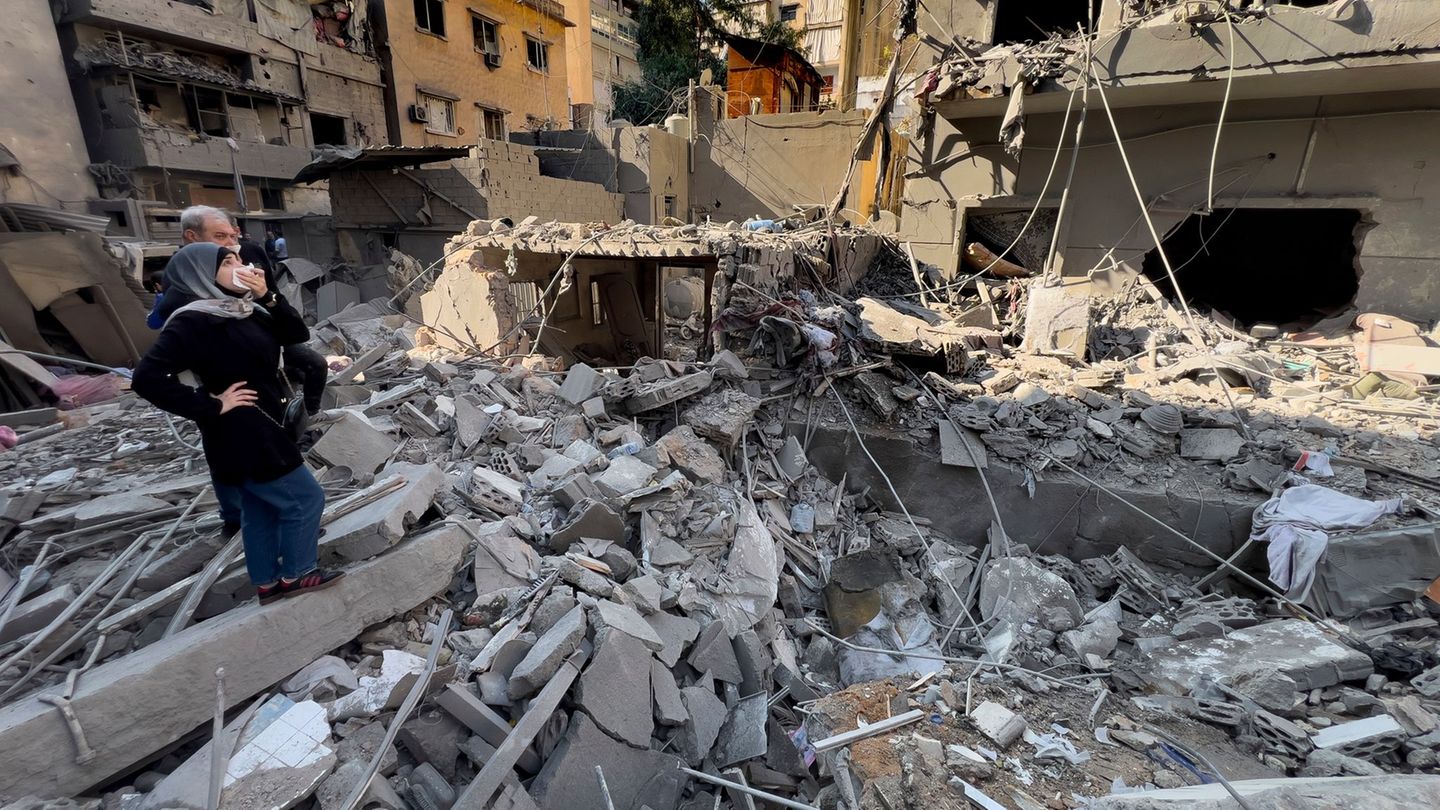I have been working in the news industry for over 6 years, first as a reporter and now as an editor. I have covered politics extensively, and my work has appeared in major newspapers and online news outlets around the world. In addition to my writing, I also contribute regularly to 24 Hours World.
Menu
Ceasefire or truce – what’s the difference?
Categories
Most Read
War in Ukraine: Kiev attacked again with ballistic missiles
October 25, 2025
No Comments
Distrust of Israel?: Report: US military drones circling over Gaza Strip
October 25, 2025
No Comments
Municipalities: “Cityscape” debate: Where cities see their problems
October 25, 2025
No Comments
Budget dispute in the USA: Pentagon accepts anonymous donation of millions during shutdowns
October 25, 2025
No Comments
USA sends aircraft carriers to fight drug cartels
October 24, 2025
No Comments
Latest Posts

Animal disease: Bird flu is spreading – poultry farmers demand protection
October 25, 2025
No Comments
animal disease Bird flu is spreading – poultry farmers demand protection Copy the current link Add to wishlist More than 200,000 poultry have already had

Bettina Wulff is now a real estate agent: She is presenting her first property on Sylt
October 25, 2025
No Comments
Lisa HarrisI am an author and journalist who has worked in the entertainment industry for over a decade. I currently work as a news editor

Milestone for Anna and Gerald Heiser: He goes from the farm to the office
October 25, 2025
No Comments
Lisa HarrisI am an author and journalist who has worked in the entertainment industry for over a decade. I currently work as a news editor
24 Hours Worlds is a comprehensive source of instant world current affairs, offering up-to-the-minute coverage of breaking news and events from around the globe. With a team of experienced journalists and experts on hand 24/7.

